We’re starting the day off with a bit of optimism thanks to the demographic outlook of Southeast Asia. This region of the world is primed and ready to boom; all it needs is a bit of money and tech to get the party started.
Why am I so bullish on SE Asia? It’s one thing to have a single country with solid demographics, but throw a whole bunch together, and their strength amplifies. Myanmar, Cambodia, and Laos are child-heavy and can handle the low-skill jobs for years to come. Vietnam and Indonesia are a bit older, have fewer kids, and have the time and ability for the medium-skill jobs. Singapore and Thailand are the oldest of the bunch but have developed the technical skills to handle the high-skill jobs.
Southeast Asia is like the neighborhood we all want to live in. No animosity between neighbors (since geographical barriers prevent wars). Everyone brings something unique and valuable to the table (differentiated workforces). What more could you ask for?
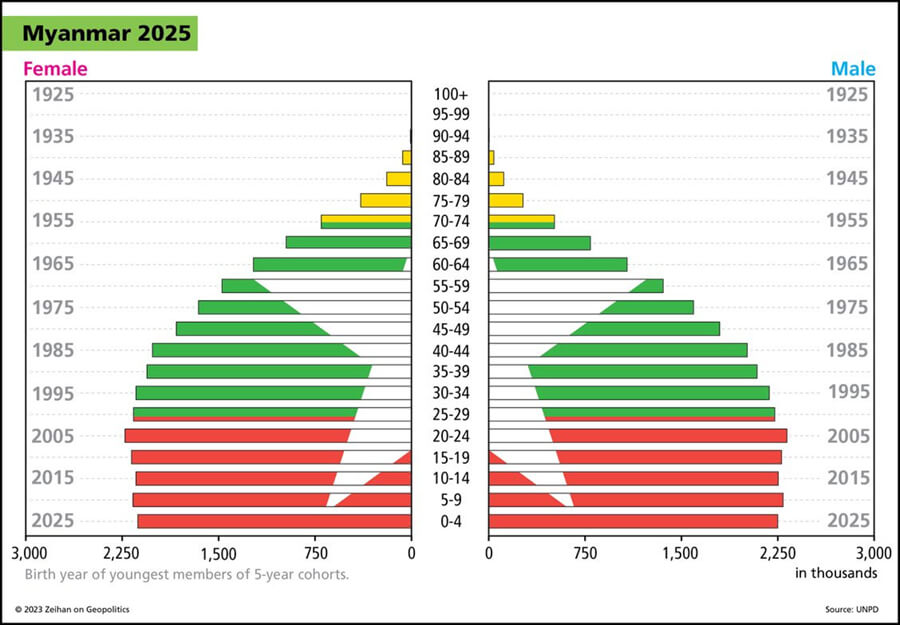
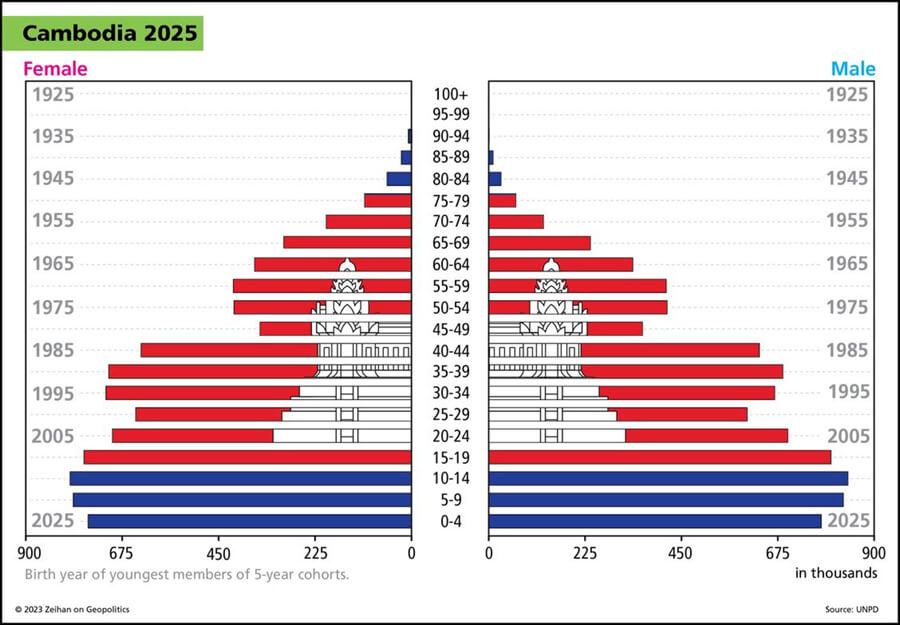
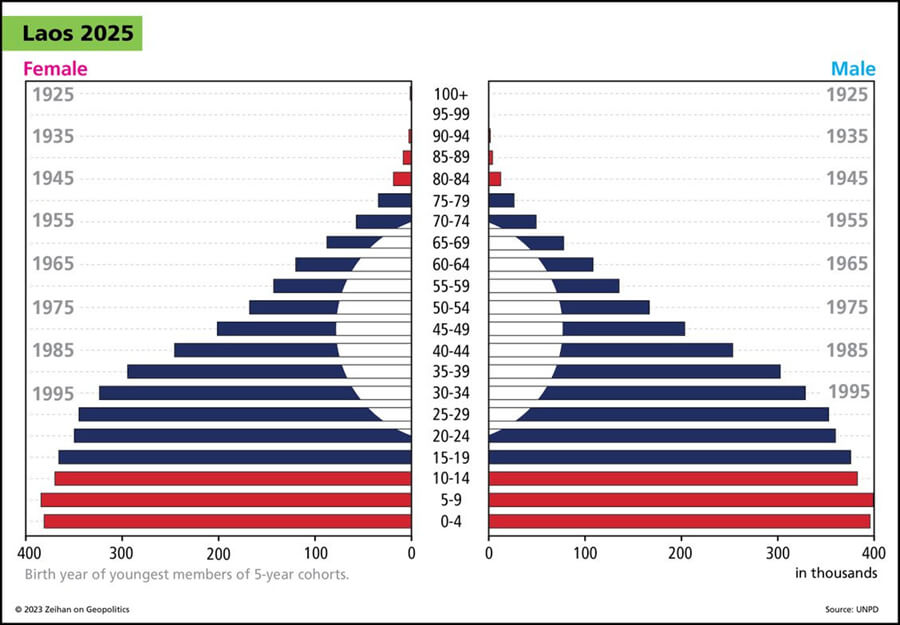
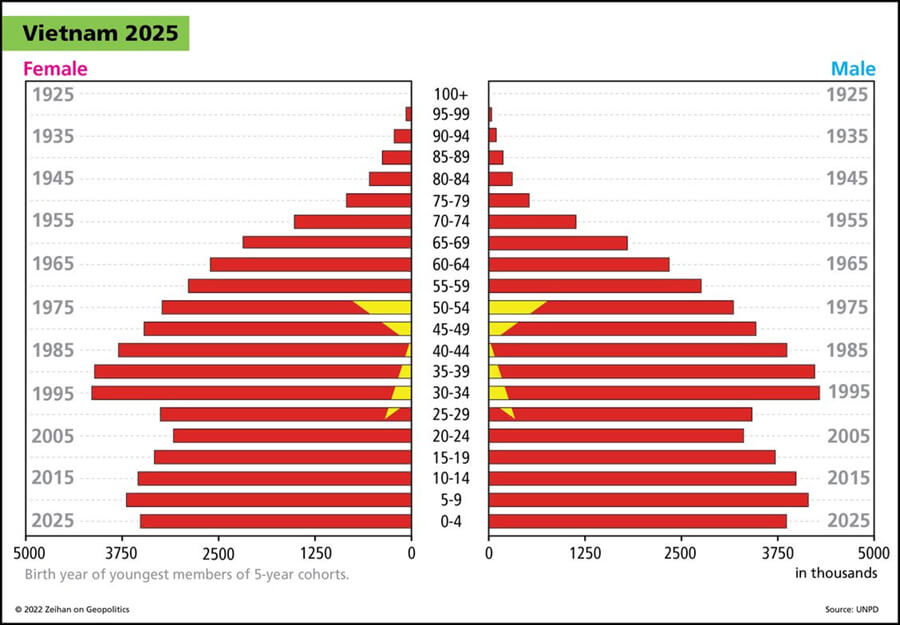
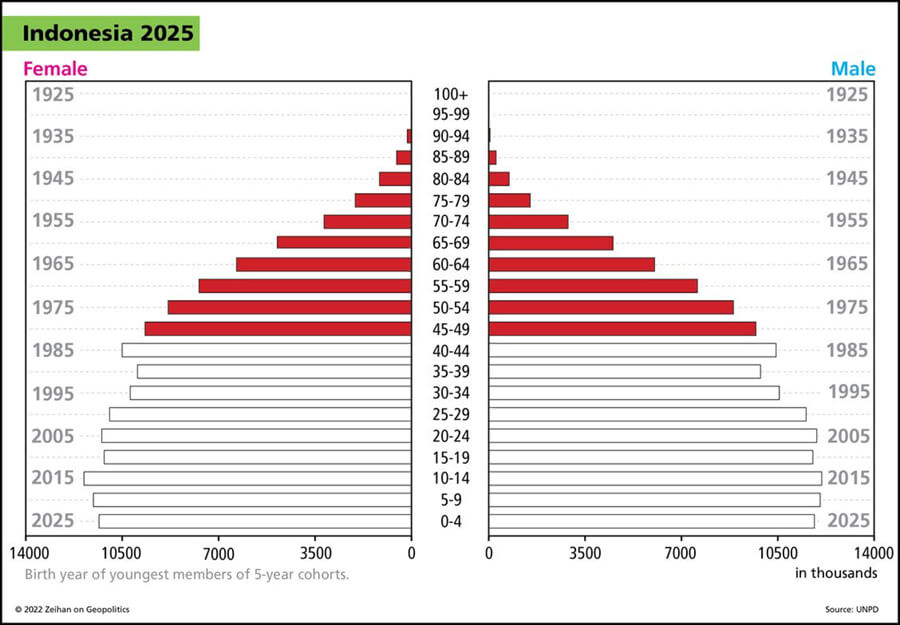
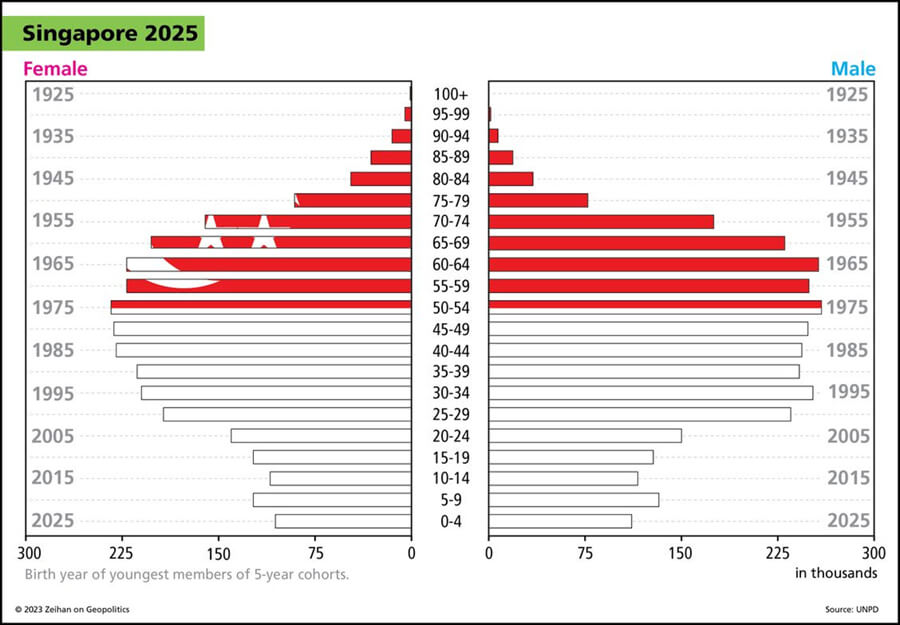
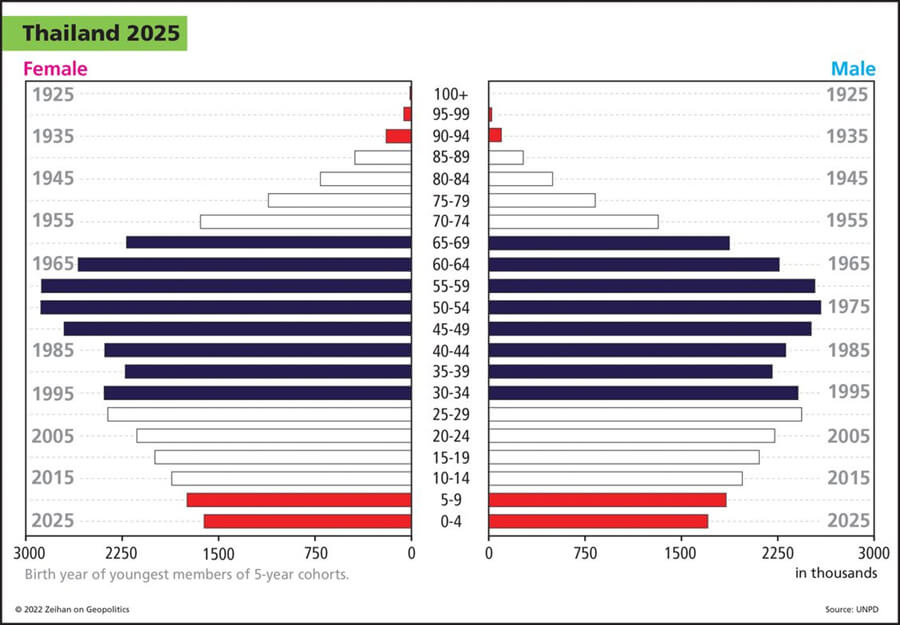
Prefer to read the transcript of the video? Click here
Here at Zeihan On Geopolitics we select a single charity to sponsor. We have two criteria:
First, we look across the world and use our skill sets to identify where the needs are most acute. Second, we look for an institution with preexisting networks for both materials gathering and aid distribution. That way we know every cent of our donation is not simply going directly to where help is needed most, but our donations serve as a force multiplier for a system already in existence. Then we give what we can.
Today, our chosen charity is a group called Medshare, which provides emergency medical services to communities in need, with a very heavy emphasis on locations facing acute crises. Medshare operates right in the thick of it. Until future notice, every cent we earn from every book we sell in every format through every retailer is going to Medshare’s Ukraine fund.
And then there’s you.
Our newsletters and videologues are not only free, they will always be free. We also will never share your contact information with anyone. All we ask is that if you find one of our releases in any way useful, that you make a donation to Medshare. Over one third of Ukraine’s pre-war population has either been forced from their homes, kidnapped and shipped to Russia, or is trying to survive in occupied lands. This is our way to help who we can. Please, join us.
CLICK HERE TO SUPPORT MEDSHARE’S UKRAINE FUND
CLICK HERE TO SUPPORT MEDSHARE’S EFFORTS GLOBALLY
TRANSCIPT
Hey, everybody. Peter Zeihan here. Coming to you from Ojai, California. And as promised today, I wanted to talk about demographics in Southeast Asia. A portion of the world that I think is going to do very well in the decades to come.
Now, if you remember correctly, when I did the first issue of this series, we talked about how different population structures make for different economic structures. So if you have a lot of people age 20 to 40, you tend to have a really strong workforce and a good consumption base because those are the people who are building their homes and raising kids. If you have a lot of people aged roughly 45 to 65, you tend to have a very productive worker base because these are people with decades of experience behind them. And if they don’t have a lot of kids, all the income of the society, all the taxes generated can be focused on infrastructure and on the job training making for a very, very, very skilled workforce. One of the reasons I’m so bullish on Southeast Asia is because it’s got both of these in balance.
So on the bottom you’ve got countries like Myanmar and Cambodia and Loas who are very child heavy and they can be a workforce not just now but decades into the future. So if the money is made available, if the regional demand for the services is there, you have a very large, low skilled workforce. In the middle you’ve got a lot of countries like say Vietnam particularly, but also Indonesia and to a lesser degree Malaysia, who are a little bit older, don’t have a lot of kids relative to the overall population structure, but a lot of people who are age 20 to 45. And these are countries that, as a rule, are kind of having their day right now. The more problems that the Chinese have with keeping investment, the more diversified folks are looking to make their supply chains globally, the better these countries look. Vietnam in particular, is getting in on this in a very big way with education. And about 40% of their college graduates are in STEM. You know, that’s like four times the global average. And then at the top, you’ve got a number of societies like Singapore and Thailand, which are aging pretty quickly. They had their day as a low cost wage destination a couple decades ago. And now you’ve got a lot of people who are in their forties, fifties and even early sixties. They’re aging quickly. Looks a lot more like Northeast Asia than the rest of their neighborhood. But the accrued technical skills in these populations is huge. And plus, especially in a place like Singapore and Thailand, punches well above its weight as a mid-range destination. And having these all in the same neighborhood really helps with manufacturing.
So one of the things you want to do for the more complex manufacturing products, whether it’s cell phones or electronics or computing, is not everything requires the same skill set. The person who does the injection molding is not the person who does the wiring harness, is not the person who does the chips, is not the person who does the assembly. Each of these has a different wage structure, and in that sort of environment, variety is everything. And proximity is everything. And this is the world’s most differentiated workforce, all within the same region. So you throw a little bit of Japanese or American technology in there, maybe some Chinese assembly on the back end. And this area is set to boom.
Best part yet because this region is made up of mountains and peninsula shores and islands and jungles. They’ve never had a history of going to war with one another because they can’t get to one another. So they don’t have the history of animosity that we see in, say, Europe or Northeast Asia. Add it all up. And this is the part of the world that I expect to grow the most rapidly in the 30 years to come with demography at its heart.
Alright. That’s it for now. See you next time.








